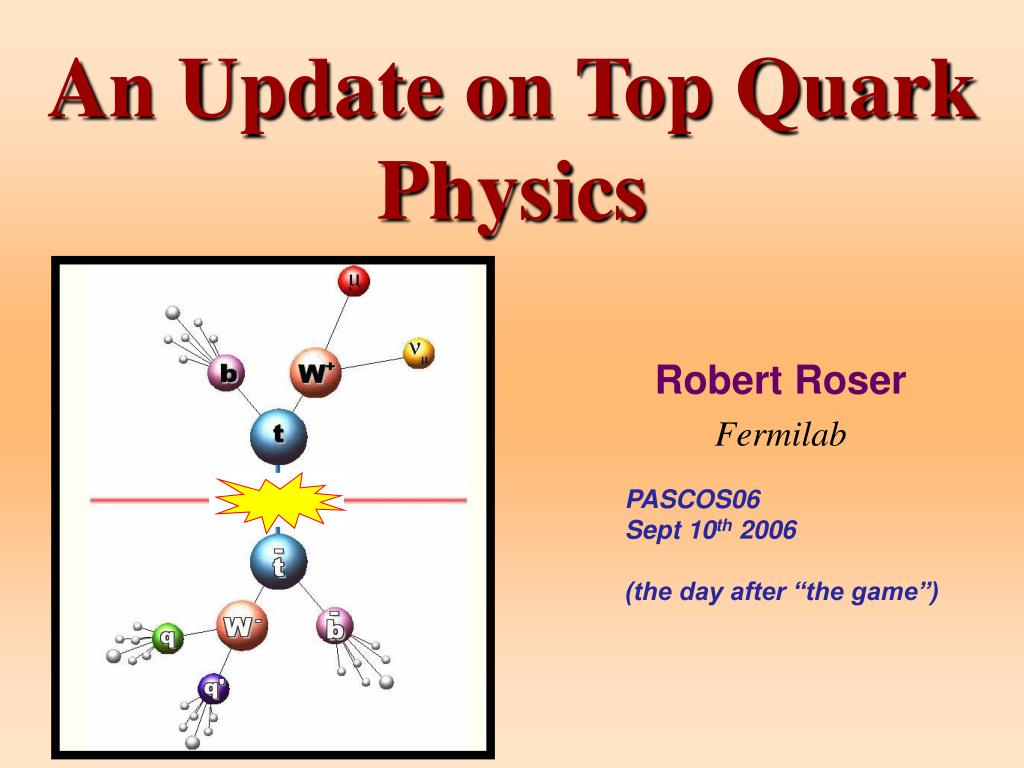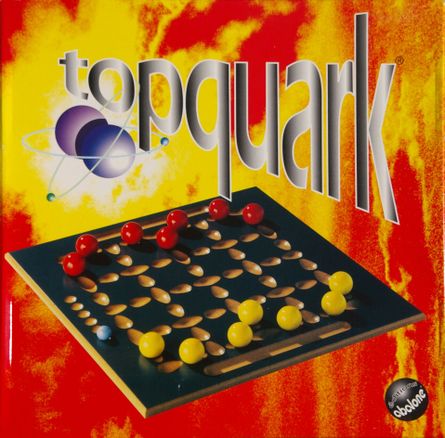

Therefore, measuring p-ɸ interaction provides indirect access to the Y-Y interaction in neutron stars. Direct measurement of the Y-ɸ interaction strength, although feasible, has not yet been carried out, but already today this quantity can be estimated on the basis of the p-ɸ findings via fundamental symmetries.


Depending on the strength of this interaction, hyperons may form the core of neutron stars, which are among the densest and least understood astrophysical objects. The second point of interest is that, due to its strange-antistrange quark content, the ɸ meson is regarded as a possible vehicle of the interaction among baryons (hadrons consisting of three quarks) that contain one or more strange quarks, called hyperons (Y).
However, for this purpose, it is essential that the simple two-body p-ɸ interaction in vacuum is first understood.ĪLICE ITS Outer Barrel Installation. Hence, chiral symmetry is linked to the origin of mass itself! A possible way of searching for the restoration of chiral symmetry and shedding light on the mechanism that generates mass is to study modifications of the properties of ɸ mesons within dense nuclear matter formed in collisions at the LHC. The left- and right-handed (chiral) symmetry that characterizes the strong interaction is found to be broken in Nature, and this effect is responsible for the much larger mass of hadrons, such as the proton and the neutron, with respect to the masses of the quarks that make them up. First, this interaction is an anchor point for searches for the partial restoration of chiral symmetry. The knowledge of the p-ɸ (proton-ɸ meson) interaction is of twofold interest in nuclear physics. Both effects can be clearly observed through detailed analysis of the measured relative velocities of the particles. As a result, pairs of hadrons that experience an attractive interaction will move slightly closer to each other, while, for a repulsive interaction, the opposite occurs. This scale matches the range of the residual strong force, giving the hadrons a brief chance to interact before flying away. Hadrons in the LHC collisions are produced very close to each other, at distances of about 10^-15 m (a unit known as a femtometer, hence the name femtoscopy). It was found to be possible in the LHC using an approach known as femtoscopy. Unlike the residual strong interaction between protons and neutrons, which can be studied in stable bound states like the nuclei, the interaction between unstable hadrons produced in particle collisions is very difficult to observe.


 0 kommentar(er)
0 kommentar(er)
